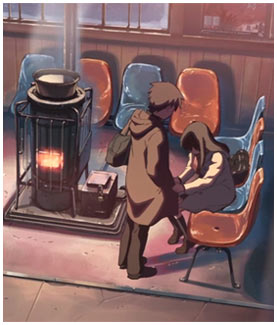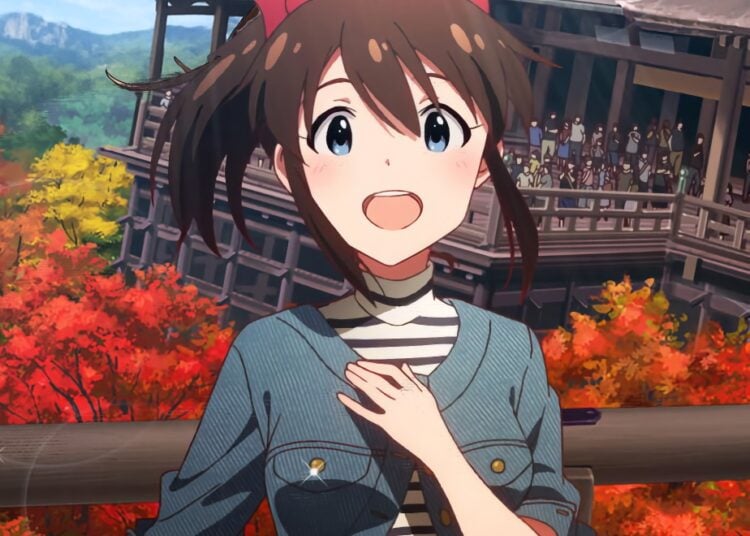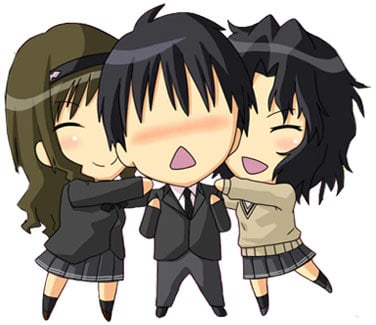There’s something about living in Japan that makes you appreciate things from another age, which are old and out-of-date by modern standards but which nevertheless have a charm that’s hard to describe. The Japanese have a name for this, wabi-sabi, translatable as “tranquil simplicity and the beauty found in the old and imperfect.” (It’s originally a Zen Buddhist phrase closely tied to tea ceremony, and is also used in traditional pottery made with imperfections on purpose.) Instead of central heating, Japanese homes usually have kerosene space heaters to avoid wasting energy. While they sell fancy “fan heaters” with thermostats and safety timers to remind you to open a window every three hours (since kerosene fumes can build up), I still love the older type of kerosene heater called sutoobu (stove) which are very low tech yet are somehow awesome. I love the expanding-metal sounds the heaters make as they heat up, or the chin-chin-chin sound of water boiling in a pot on top of the heater, which keeps the air from getting too dry and gives you hot water for tea any time you want it. You can find appreciation of wabi-sabi in just about anything if you look, like postcards from Disneyland or Las Vegas from the 1960s, those clear plastic umbrellas everyone uses in Japan, the cool old-timey foot-measuring things in shoe stores, or eating Haribo Gummy Bears and remembering when the package had “made in West Germany” printed on it.

The simplicity of an old kerosene stove can be worth admiring.















